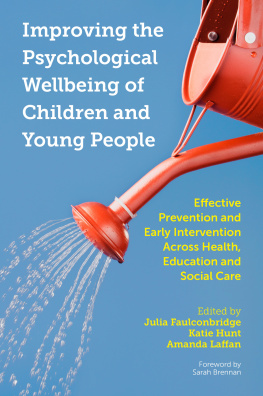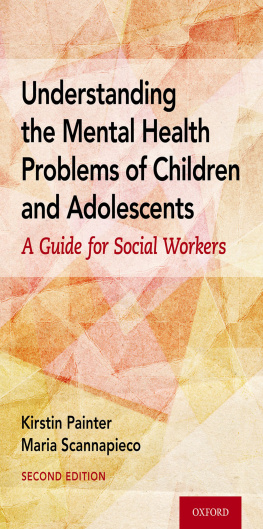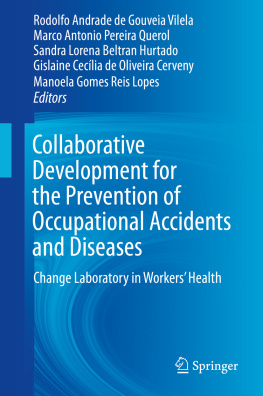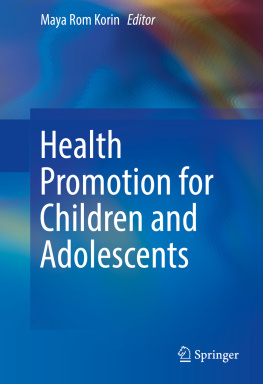
First published 1999 by Ashgate Publishing
Reissued 2018 by Routledge
2 Park Square, Milton Park, Abingdon, Oxon, OX14 4RN
711 Third Avenue, New York, NY I 0017, USA
Routledge is an imprint of the Taylor & Francis Group, an informa business
Copyright Michael Little, Kevin Mount 1999
All rights reserved. No part of this book may be reprinted or reproduced or utilised in any form or by any electronic, mechanical, or other means, now known or hereafter invented, including photocopying and recording, or in any information storage or retrieval system, without permission in writing from the publishers.
Notice:
Product or corporate names may be trademarks or registered trademarks, and are used only for identification and explanation without intent to infringe.
Publishers Note
The publisher has gone to great lengths to ensure the quality of this reprint but points out that some imperfections in the original copies may be apparent.
Disclaimer
The publisher has made every effort to trace copyright holders and welcomes correspondence from those they have been unable to contact.
A Library of Congress record exists under LC control number: 99065711
ISBN 13: 978-1-138-33083-2 (hbk)
ISBN 13: 978-1-138-33088-7 (pbk)
ISBN 13: 978-0-429-44756-3 (ebk)
Acknowledgements
This essay has been prepared by members of the Dartington Social Research Unit, Michael Little and Kevin Mount. The work would not have been completed without the support of colleagues at Dartington, particularly Nick Axford, Roger Bullock, Mark Horrocks, Peter van der Laan, Yvonne McCann, Jill Madge, Louise Morpeth, John Randall, Mary Ryan, Trish Skuse, Jo Tunnard, Harriet Ward and Arabella Weyts.
It is the custom at Dartington to send early drafts of the report to external reviewers; in this case the comments of Jane Gibbons, Jean Packman and Ian Sinclair proved invaluable. The work would not have been begun, never mind finished, without the support of the Department of Health and we are particularly grateful for the unstinting help of Carolyn Davies and for the reviewers she brought to the task, especially David Behan, Stephen Scott, Richard Whipp and Sharon Witherspoon. We also have the anonymous reviewers to thank for their contribution.
The first draft was written at the Chapin Hall Center for Children at the University of Chicago, which provided an ideal working space and the forum for a series of seminars and meetings where the basic ideas were fashioned. We are grateful to all the staff there, but particularly to Harold Richman for creating the opportunity and to Pat Franklin, Rachel Stevens and Rebecca Stone who facilitated the visit.
The Gross Clinic, the painting by Thomas Eakins on is taken from Visual Explanations by Edward Tufte (Graphics Press, Connecticut, 1997) and is reproduced with the authors kind permission.
SERVICES FOR CHILDREN in need have developed rather unevenly in this century. From time to time there have been conceptual breakthroughs and there have been periods of organisational or legislative change, sometimes in the train of new insight, sometimes in keeping with a new style or ideology. As a consequence, progress has been rather erratic but it has nevertheless followed a continuing pattern: every so often there will be a shift in emphasis from interventions designed to deal with a particular cluster of needs to activity aimed at preventing the pattern of difficulty occurring in the first place. Several European countries are re-entering the second phase.
Plenty of initiatives bear the hallmark of the renewed preventative drive. All embody a willingness to look beyond the immediate future and to allow time for the greater benefits of a longer-term strategy to emerge. In England and Wales the work of the Social Exclusion Unit, the establishment of Education Action Zones, radical changes in youth justice and the Sure Start initiative all look forward in this spirit.
The last similar burst of preventative activity occurred in the 1960s. The discourse of those years fuelled a period when advances in the practice world included the introduction of ideas about a continuum of services and considerable, if not yet quite sufficient, progress in inter-agency co-operation. As a result, policy makers need no longer struggle with the notion of preventing the need for a service, since services should be provided only where there is evidence that they are useful in some way to some children. This idea is sometimes referred to as a continuum of services. Nowhere in these pages is there instruction on how to use health interventions to prevent social services, family support to prevent fostering, or fostering to do without residence. One object of this essay is to improve knowledge about how needs can be prevented from emerging in the first place-failing that, about how early action will prevent them persisting.
Answers to three questions should clarify the other contributions this essay seeks to make: first, which children are being discussed? second, who is the essay for? third, how is the essay structured?
Which children?
This is an essay about children in need. The term will be familiar to many British social workers, health visitors and to some specialists in social and psychological problems working in health, education and youth justice contexts, including the voluntary, private and state sectors. It underpins the Children Act 1989, requiring from local and health authorities a series of administrative responses. But the definition used here is not administrative.
All children have needs. If we look at children in all areas of their life-where they live, their family and social relationships, their behaviour, health, education and employment opportunities, a pattern of need emerges. This can be done at the clinical level-dealing with each case as an individual-or at a group level, for example considering all children in a community. Dartington, along with several other centres of research and development around the world, is testing different methods of identifying these patterns and, in so doing, is helping all professionals working with vulnerable children to reach consistent conclusions about who is in need and who is not.
So this definition of children in need requires agencies and individual professionals regularly to look afresh at those they might support and to agree where the intervention threshold will be set. No children should be excluded from this analysis. The empirical definition of children in need is being built from the ground up, reflecting what is known about real children. It is not agreed at the centre and disseminated down. The approach implies that those supporting children in a particular locality, from health, education, social and police services, work together to agree these definitions by finding out more about their children. Increasingly, the expectation is that consumers will also be involved in this process.
If the empirical definition is to be built from the ground up then there should be a hesitancy in stating how many children are in need or what is the pattern of this need. It may be helpful to know that where local and health authorities have worked together with Dartington to look at children in their locality, about one in four each year are identified as having needs that could benefit by some form of professional help. Social and psychological problems are at the heart of emerging need. These problems are seldom located in any one aspect of a childs life and, left unattended, they will develop into new patterns of difficulty.










